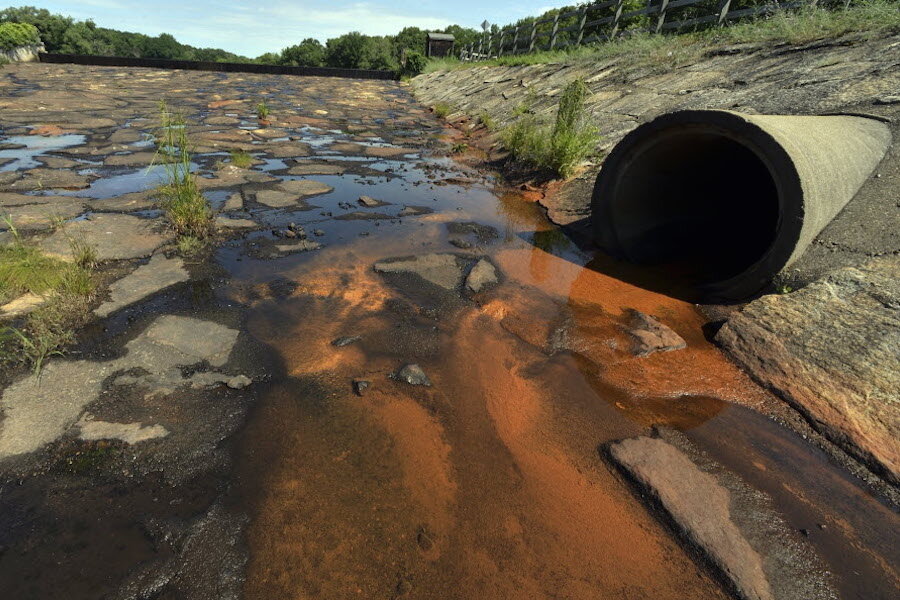The latest regional drought isn't where you would expect to find it
Loading...
On July 15, for the first time in 14 years, New York state officials issued a drought watch. "While most public water supplies are still generally normal throughout the state, below normal precipitation over the last 9 months, low stream flows, and reduced groundwater levels have prompted the need for this action," the New York State Department of Environmental Conservation (DEC) wrote in a statement.
This second year of below-average rainfall in the Northeastern United States is hitting farmers, prompting municipality-level water restrictions and bans, and threatening to prompt wildfires, according to the Associated Press.
“The Northeast is a little bit of a mixed bag, but the bottom line is that the conditions have deteriorated over the past several weeks to a couple of months,” Rich Tinker, a drought specialist at the National Oceanic and Atmospheric Administration, told the AP.
New York has the largest area of severe drought in the Northeast at this time. Eleven percent of New York state is in severe drought, and 89 percent of the state is either abnormally dry or in a drought that will last weeks or months, meteorologists told Syracuse.com.
Precipitation in New York has been four to eight inches lower than normal over the past 90 days, according to the DEC, and this year’s dry weather dates to the beginning of the “water year,” Oct. 1, “and is beginning to significantly affect other water metrics."
A drought watch is the “least severe” of all stages, according to the DEC, and “is declared when a drought is developing. Public water supplies begin to conserve water and urge customers to reduce water use.” Massachusetts, one-third of which is in severe drought, also issued a drought watch during the first week of July. Both states have recommended water conservation strategies for residents to use.
Although states are not restricting water use, more than 120 cities and towns in Massachusetts have enacted water restrictions, according to The Boston Globe.
“In Massachusetts, the drought conditions can vary significantly from community to community depending on where they receive their water from,” Kirsten King, director of communications for the Holliston-based New England Water Works Association, told The Wellesley Townsman. “This drought is pretty unusual for New England. We haven’t had significant rain. We’ve been seeing a lot of water restriction signs.”
Although town water restrictions don’t directly affect farmers, many of whom rely on their own water sources, the drought has led to lower yields this summer.
“We need some rain pretty quick,” John Lavoie, farmer in New Hampshire, told the AP. “There is just some corn that won’t make it. A lot of things we would like to give water to, we can’t.”
“Drought conditions can contribute to lasting agricultural, environmental, and economic impacts, and also raise serious public safety concerns,” Matthew Beaton, Massachusetts energy and environmental affairs secretary, told The Wellesley Townsman.
“This drought declaration is an important tool which will help officials on all levels of government to work together to ensure we take action where necessary, and we advise all residents to conserve water and take increased care with any outdoor burning such as campfires and disposal of smoking materials,” said Mr. Beaton.








